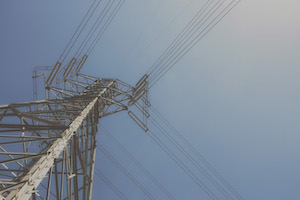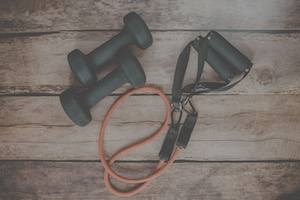There's more than 1 way to lure a walleye
In angling circles, it's been said many times that walleyes react to conditions pretty much the same no matter what the location.
While this generalization is true, when it comes to ways of taking these fish in the cold water that flows through winter and early spring, there are definite favorites based on locale.
Here in Western Pennsylvania, winter walleye anglers typically depend on leadhead jigs tipped with live minnows to lure lethargic walleyes into biting. On days when they turn their noses up at this classic combination, walleyes often will respond to a metal blade bait yo-yoed in front of them.
Hard baits like minnow-shaped Rapalas see little to no action on the major rivers of our state. This isn't the case in the Midwest, where the act of fishing a minnow-shaped bait on a three-way rig is an art form.
New Prague, Minn., walleye guide Marty Hahn calls Pools 2, 3 and 4 of the Mississippi River home. Three-way rigging Rapalas are his go-to presentation, but rather than using standard setups, he doubles things up to double his fun.
Hahn starts with a pretty standard three-way rigging: 10/4 Fireline on the reel goes to one eye of the three-way swivel. The weight dropper is 12 to 16 inches of 6- or 8-pound test monofilament to the bell sinker. A 40-inch snell of fluorocarbon or abrasion-resistant mono serves as the primary Rapala lead.
This is where things stray from the norm. Rather than fishing just the single Rapala, Hahn ties a secondary 18- to 24-inch lead off the back split ring of the front Rapala, to which he ties a second bait. He leaves the rear hook on the front stickbait.
Number 9 Rapalas are his standard-sized bait, though he will go up to as much as an 11. He'll also drop to a 7, even a 5 when the fish are finicky. Hahn often fishes two sizes at the same time, presenting the larger stickbait in the front.
"The frequent question I get asked is, 'Does the front bait catch any fish?'" said Hahn. "The front bait doesn't have much action. It's stretched pretty tight. But, surprisingly, I catch more fish on the front bait than on the back one."
Hahn said he believes the dual-action look is the advantage of fishing two baits simultaneously. It gives the fish two distinct looks.
"When shad go through a dam in the cold water, they have that lifeless look, with just a bit of a kick or roll every now and then," he explained. "That's what that front bait imitates."
Commonly, Hahn uses a loop knot on the rear bait, allowing that Rapala the freedom to provide a livelier, contrasting action to the stifled one of the front bait. On days when the fish are taking the front bait, he changes up by tying a cinching knot to the rear lure to tone down its action.
When double-rigging Rapalas, Hahn uses a lighter sinker (usually 1 to 3 ounces) than what's typically used with three-way rigging. Thus, the let-out is greater and the angle of presentation is flatter. He holds the rod in his hand instead of using a rod holder.
"What really makes this system work is hovering right in place, sliding side-to-side along a break, lifting and dropping the sinker, even allowing the boat to slip backward a bit if there's enough current to keep the baits working," said Hahn.
Another of Hahn's tips relates to pulling jigs upriver. When he encounters clear water in the spring or late winter before the snow meltoff muddies the river, he'll pull light jigs, depending on the current, back against the current.
Hahn's approach differs from standard upriver jig pulls in that he'll allow the jig to rise several feet off the bottom.
Jeff Knapp is an outdoors columnist for the Butler Eagle.













